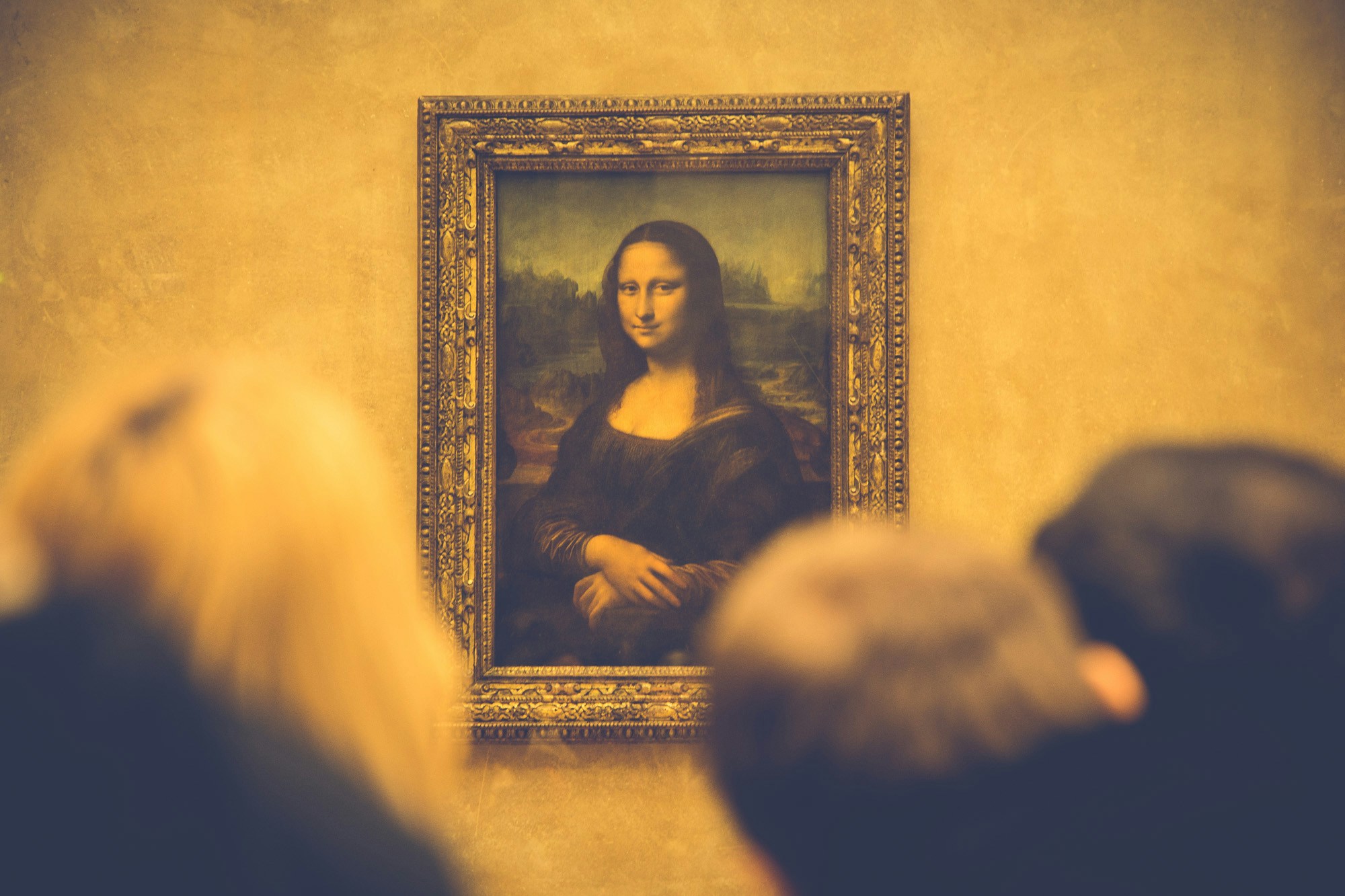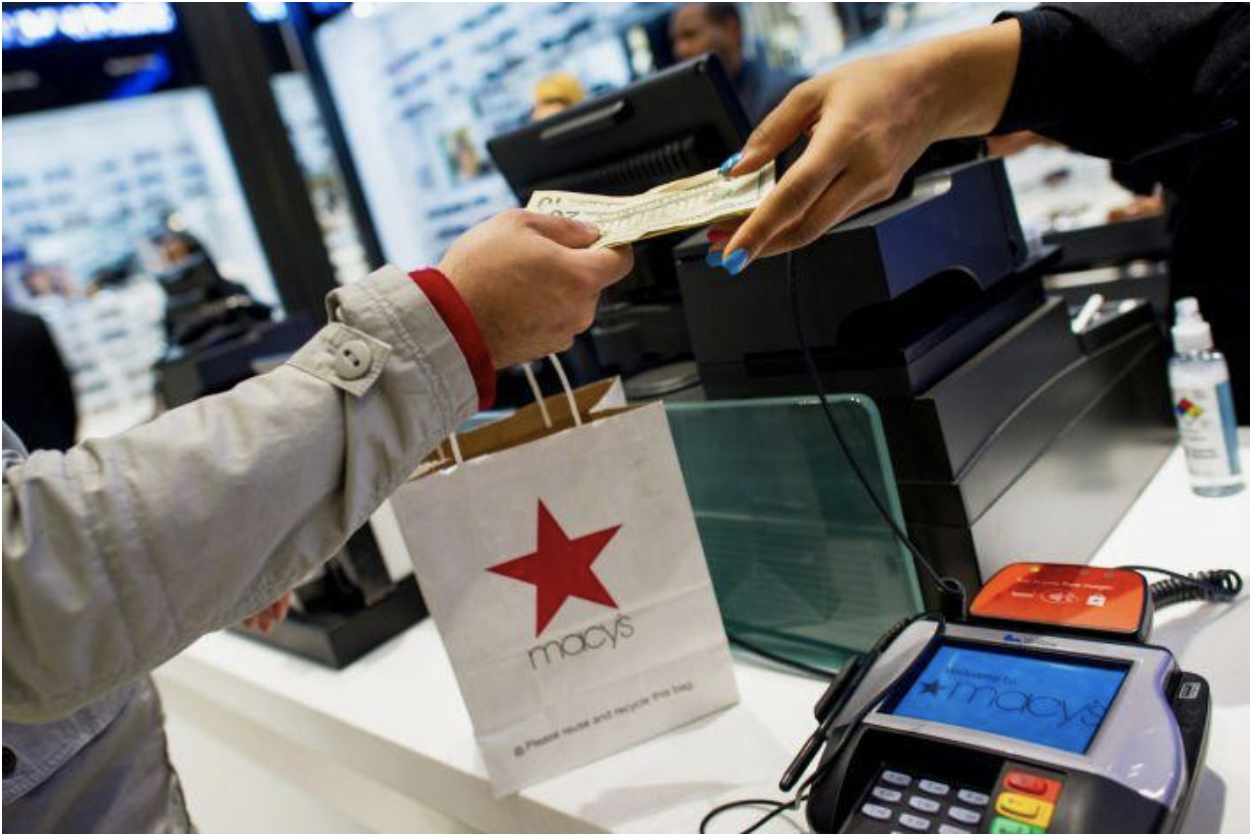
Writer: Fischer Work | Editor: Tucker Gauss
You are considering a career change. You have a passion for art, a passion for money, and watched Ocean’s 11 so many times you feel like you know Danny personally. The current job market has you feeling down, so you decide to turn full-time to art crime.
You’re not alone. Art theft ranks third as the largest source of criminal revenues worldwide, following drug and arms trafficking. The appeal stems from art’s unique economic quality: its market value is almost entirely subjective. The value comes from the buyer’s personal connection to the artist, a piece’s provenance, and current market trends rather than material costs or time spent by the artist. Paintings can be worth millions of dollars while being lightweight, easily stealable, and simple to smuggle. A rolled-up canvas draws less attention than drugs, firearms, or other conspicuous illicit goods. Sculptures and jewelry can be even easier to turn a profit from: if selling them intact doesn’t pan out, sculptures can be melted down and jewelry scrapped for gemstones.
However, unlike in the movies, most art thefts occur due to opportunistic circumstances rather than carefully orchestrated heists. The perpetrators are usually lucky but dimwitted looters who have already stolen the art before even considering how to sell it. One such knucklehead, a thief by the name of Robert Mang, botched a once-in-a-lifetime chance to turn a profit from Benvenuto Cellini’s statue “Salt Cellar.” Seeing an opportunity in some scaffolding erected next to the museum wall, he climbed up, smashed a window, and was gone with the sixty-million-dollar statue in less than a minute. The statue collected dust under Mang’s bed for two years before Mang was arrested for trying to ransom it.
Note to self: don’t be like Mang.
Museum Measures Against Mishaps
Understanding security from a museum’s point of view is crucial to being a successful art thief—often, it is a complicated issue. On the one hand, increased security makes it difficult for thieves to pull of a successful heist. On the other, these measures can serve as a beacon, practically inviting theft. As economists Antonio Nicita and Matteo Rizzolli point out in their paper on the theft of The Scream: “Even if, on the one hand, investments in precautions increase the efforts that thieves have to put into stealing, on the other hand, they actually act as a signal of overwhelming rewards for thieves from theft: the more elaborate the precautions are, the higher is the expected reward.” While counterintuitive, too much security can have the opposite of the intended effect, increasing the odds a painting will be stolen.
Economists Frederick Chen and Rebecca Regan chime in with their paper on art theft economics: “When we compare two pieces of art with different black market values, it is possible that the museum would choose the high-security level for the piece with the lower black market value, and the low-security level for the artwork with the higher black market value.” If the value of the artwork is high, the thief will attempt a heist no matter the security, and the museum’s money would be better spent recovering the artwork. If the value of the artwork is low, thieves will only risk stealing the artwork if the museum has poor security, so heightened security will succeed in preventing thefts. The level of security most optimal is therefore a complicated decision involving a myriad of factors.
As an alternative to increasing security, Nicita and Rizzolli suggest a novel idea to discourage theft: investment in the publicity of the art. Art’s value, being subjective, derives a large portion of its price from how well it is known. By increasing a piece’s publicity, a museum raises the value of the art while simultaneously making it harder to sell illegally. For thieves, a moderately well-known piece is the optimal choice to steal—both famous and unknown artworks have little resale value. Unknown artworks aren’t worth stealing because their market price is too low, and famous artworks aren’t worth stealing because they are too risky to sell. For museums, this means investing in an artwork’s publicity might be more effective than increasing its security.
The Burglar’s Guide to the Galaxy
Now, assuming your heist has gone off without a hitch, it is time to turn that hard work into profit. Unfortunately, the heist was the easy part. Knowing how to sell the stolen art is what differentiates the professionals from amateurs. The first option is to try to sell the stolen paintings legitimately. If you’re lucky, find a buyer who doesn’t know the art is stolen, and sell it at market price. In the modern era of art theft, this is easier said than done. Most modern museums and auction houses typically require proof of purchase and verifiable provenance to make a sale.
Faking these documents was easier before the internet arrived and spoiled many an art thief’s dream. In 1989, a con man named John Drewe snuck fake pages into the letter archives of the Institute of Contemporary Arts in London to prove the provenance of his forged artworks. He gained access simply by posing as an interested collector. Today’s art thieves would be hard-pressed to do the same; digital databases are difficult to trick with wigs and fake glasses. As De Vries, a (retired) art thief, laments in a New York Times interview, “Until recently…it was simple to move art around.” De Vries would ship stolen paintings to America, then back to Europe. In De Vries’s day, that was all the laundering a painting needed. Sadly, these opportunities no longer exist for the modern thief looking for an easy side hustle.
On the bright side, there are other options available for the resourceful art thief. Art is special because each piece is unique and irreplaceable, and therefore can be a candidate for ransom. A deal can often be brokered between owner and thief, as the owner generally values recovering the art over punishing the thief. Chen and Regan explain, “While paying ransoms may be illegal in some countries, museums, and art owners may prefer such private agreements over relying on law enforcement agencies to solve art crimes given how unlikely it is to recover stolen art.” By reporting the art as stolen, recovery of the art becomes more difficult as this forces the thief to sell the art on the black market, so buying the artwork back from the thief is often preferred. However, this can create a dangerous precedent if it becomes publicly known that owners are frequently willing to buy back their stolen art. To prevent an increase in theft, owners typically label ransom payments as “a reward for information leading to the return of stolen artwork.”
Where the art is insured, a ransom is even more likely. If the thief’s asking price is less than the amount the art was insured for, the insurance company becomes the most probable buyer of the stolen artwork. This can lead to an interesting case against museums that take out insurance as Nicita and Rizzolli emphasize in their paper. “The resaleability of the item is always equal to or higher than the resaleability of the same good without insurance.” Therefore, if an artwork is publicly known to be insured, it is more likely to be stolen. Accordingly, Nicita and Rizzolli advocate for owners to abstain from taking out insurance policies on their art. However, if a piece is likely to be stolen regardless, due to fame or value, insurance can help secure an artwork’s recovery by increasing the odds for ransom.
When selling an artwork back into the public sphere proves difficult, the black market is always an option. However, there are tradeoffs. The expected profit will be low, as Chen and Regan describe: “The selling price for stolen art on the black market is estimated to be 10% of the painting’s true value in an open market. Stolen art is risky and difficult to trade underground, which accounts for the large discount on its value.” The black market is an untrustworthy place. Buyers might be undercover agents, and sellers often have little proof that their paintings are authentic. The absence of regulations, the anonymity between buyer and seller, and the necessary low price point lead to an unsatisfactory market experience. Unsurprisingly, selling on the black market is unpopular among serious thieves.
A successful art thief who can afford to might decide against selling stolen artworks immediately. While some enjoy displaying stolen art in their villainous hideouts, it is more commonly kept as collateral. Dick Ellis, a retired Scotland Yard detective, discusses his experience hunting stolen paintings in an interview with the New York Times: “[A painting] acts as a high-value and extremely pretty bank note… One painting was sent to Istanbul, where it was used as part of a payment for a heroin deal. Four other paintings — including a Gainsborough, a Goya, and a Vermeer — were taken to Antwerp, where a diamond dealer accepted them as collateral and advanced Cahill a large sum of money.” Stolen artworks are versatile, and will diversify any serious criminal’s portfolio.
Stolen art is often considered an ace in the hole by career criminals. Famous paintings can be used as a “get out of jail free” card: in the event of an arrest, offering to provide information leading to the return of priceless masterpieces can land a more lenient sentence. For instances like these, the more famous the artwork the better, but success will vary depending on the crime in question. If you are serious about your career in crime, holding on to your paintings can be a valuable business investment, to keep you out of jail and add a sparkle to your shady business transactions if the occasion merits
When no other options pan out, desperate thieves on the verge of being caught destroy the art to rid themselves of incriminating evidence. If you are in this situation, destroying the art is inadvisable. Authorities likely have all the evidence they need to catch you, and by destroying the art, plea bargains become unavailable. It also ruins your reputation among thieves, as the destruction of art is considered unprincipled and unprofessional. An invite to the Annual Art Thief Dinner Gala and Award Ceremony will be unlikely.
A career in art crime can be a difficult but rewarding path. Like most jobs, it has ups and downs. So, before investing time in your evil business plan and spending money on the newest heist gadgets, remember: the heist is the easy part. Selling stolen art takes patience, connections, and skill. It might be easier to pick up a brush and learn how to paint, or get a job on Wall Street to steal from people the normal way.
Photo by Eric TERRADE on Unsplash



